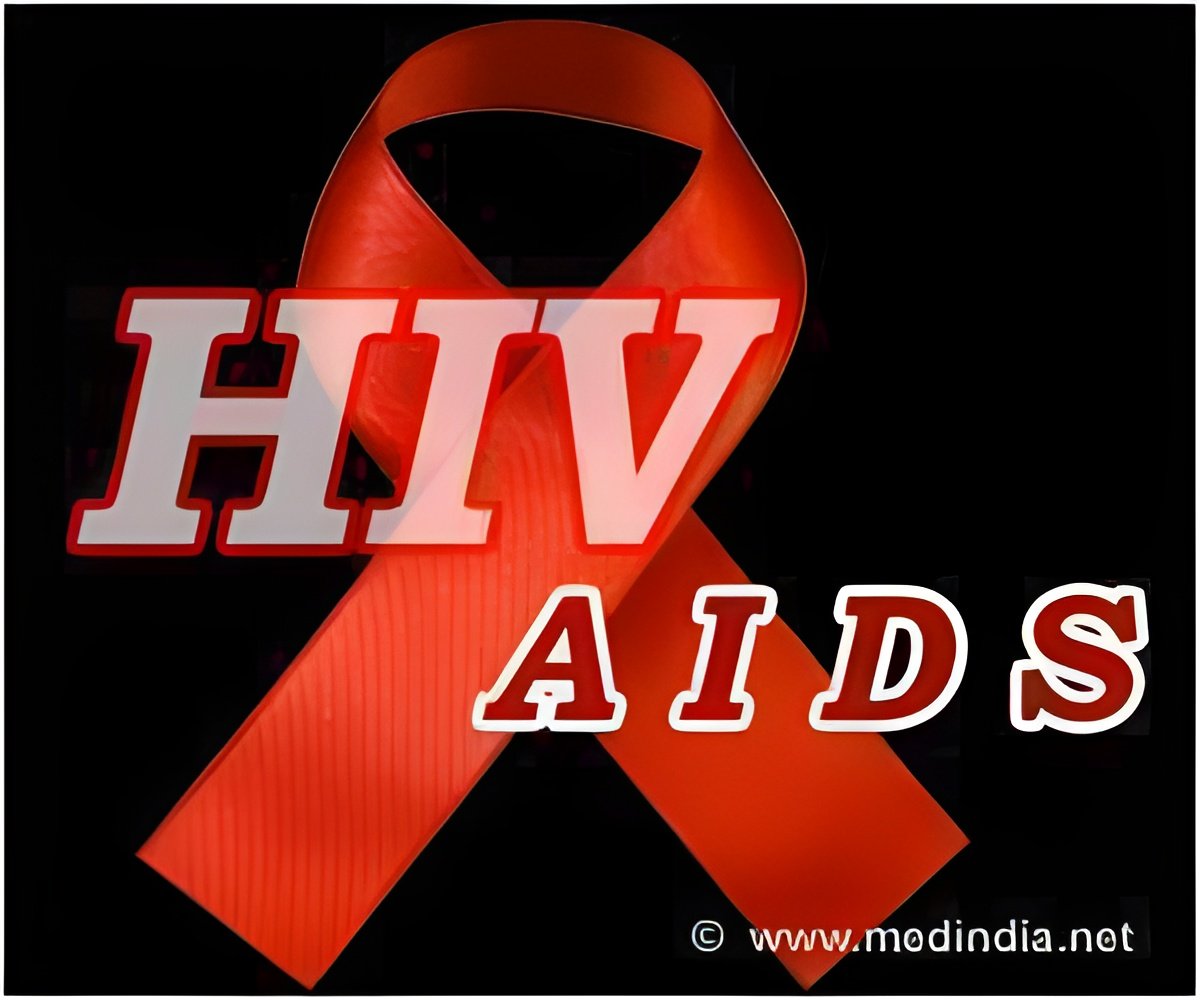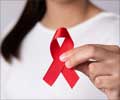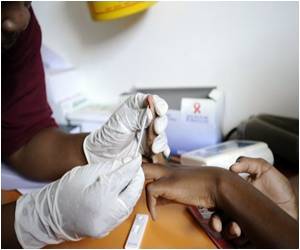A recent research identifies how HIV—the virus that causes AIDS—hijacks the body's own defenses to promote infection.

In his companion papers being published online today in Nature, Dr. Krogan describes how HIV commandeers restriction factors—a class of human proteins that have evolved to block viruses such as HIV—to weaken the body's defenses and enhance the virulence of HIV infection.
"One of the keys to HIV's success is how quickly it can evolve new attack strategies—and the way in which it uses our own proteins against us is a prime example of that," said Dr. Krogan. "However, now that we've shed light on this complex process, we are one step closer to developing new drugs that will help us pull ahead in this evolutionary arms race."
AIDS has killed more than 25 million people around the world since first being identified some 30 years ago. In the United States alone, more than one million people live with HIV/AIDS at an annual cost of $34 billion. Dr. Krogan's experiments show promise for the development of more effective antiretroviral therapies for people with HIV. Further, they have laid the foundation for future research at Gladstone.
In his experiments, Dr. Krogan performed a two-part investigation of protein interactions. First, he conducted a systematic, global analysis of all potential interactions that occur between proteins made by the body (human proteins) and proteins made by the virus (HIV proteins). Second, he whittled down these ~500 interactions to the one that appeared most likely to fuel HIV infection: the interaction between the human protein CBFß and the HIV protein Vif.
Advertisement
"This is the first comprehensive look at how HIV interacts globally with components of the cell," said Judith H. Greenberg, PhD, acting director of the National Institutes of Health's National Institute of General Medical Sciences, which partially supported this research through its AIDS-related structural biology program. "The work is a good example of how biophysical studies can improve our understanding of disease and point the way to the exploration of potential therapeutic targets."
Advertisement









